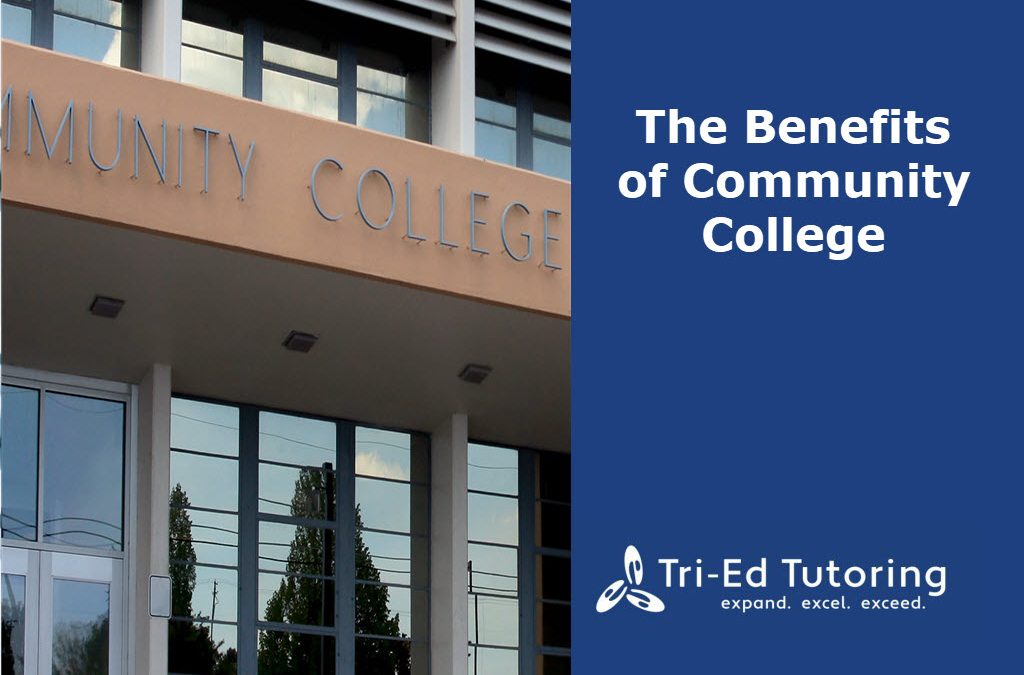Update: This post was originally written February 2020. Since then, the COVID-19 pandemic has impacted families and education across the world. With continued uncertainty of how colleges will adhere to CDC guidelines in the fall of 2021, community college is a stable and viable option.
As friends receive their college acceptance letters and start planning their lives after high school, living at home and attending community college might not seem nearly as exciting. Although you won’t experience late night study sessions with friends in the dorm room, group trips to the dining hall, or college football games at a community college, there are plenty of benefits to accessible, local education.
Community colleges offer academic classes that are open and available to any high school graduate living in the community. Students can enroll in classes with the intent to earn a two-year degree at the community college or transfer college credits to a four-year school. Workforce education and training programs are also available at a community college.
An associate degree requires the successful completion of at least 60 college credits, which can all be earned at a community college. There are two kinds of associate degrees: applied and transfer. Applied degrees are intended to prepare a student for a career that only requires an associate degree. For example, degrees in nursing, veterinary technician, physical therapy aide, occupational therapy aide can all be earned after completing 60-70 credits at a community college. Transfer degrees are intended to prepare students for a bachelor’s degree, which can only be completed at a four-year college or university. These degrees also require the completion of at least 60 credits; however, these classes are often categorized as general education, which fulfills the lower level requirements of a bachelor’s degree.
Students graduating with a transfer degree greatly benefit from the guaranteed admission agreements (GAA) between a community college and four-year colleges and universities. These articulation agreements guarantee that schools accept all 60 credits from the community college. The transferring college cannot pick and choose which classes to accept; they must accept them all.
Many students choose to attend a community college because the cost of classes is much less than the cost at a university. For example, the cost of one credit at Northern Virginia Community College (NOVA) is $180.40 compared to $396.25 per credit at George Mason University. The difference between a three-credit class at NOVA and GMU is $591.30, and it certainly adds up. Without the cost of room and board, students can save even more by attending community college.
Another difference between community college and a university is the standard testing requirement. While many universities require an SAT or ACT score for admission, community colleges do not. Instead, they offer math and English placement tests prior to initial enrollment, and the purpose of these tests is to determine which level English and math classes you should be placed in. However, if you have taken the SAT or ACT recently, these scores can be used to determine class placement instead of the math and English placement tests.
Finally, since community colleges do not have GPA, SAT, or rigorous class requirements, any high school graduate can be admitted. If your grades slipped in a few classes or you waited too long to apply for universities, you can apply to community college right up until the first day of classes. If you’re not sure which college or major is best for you, you can always start at the community college while you figure it out.

